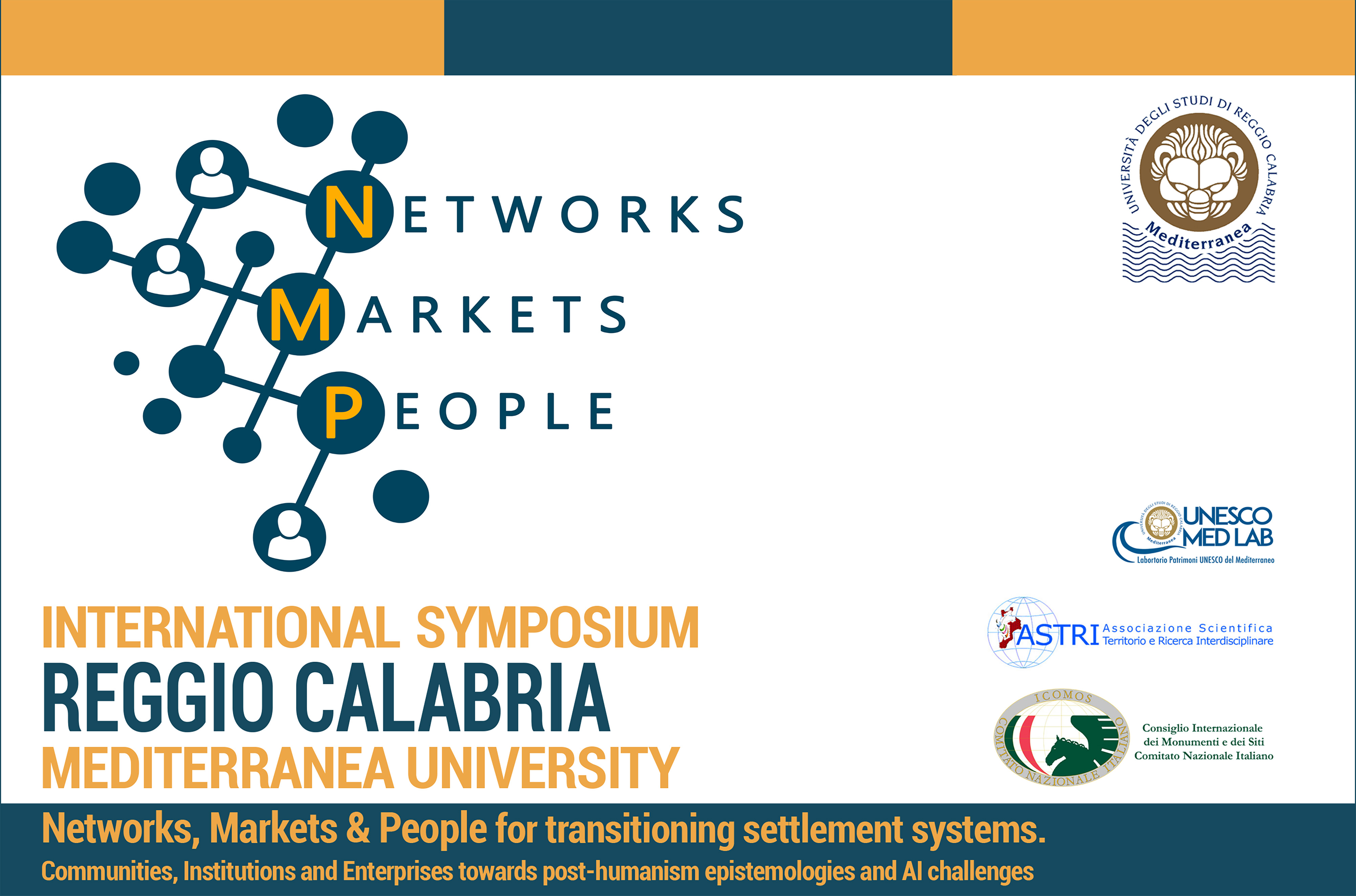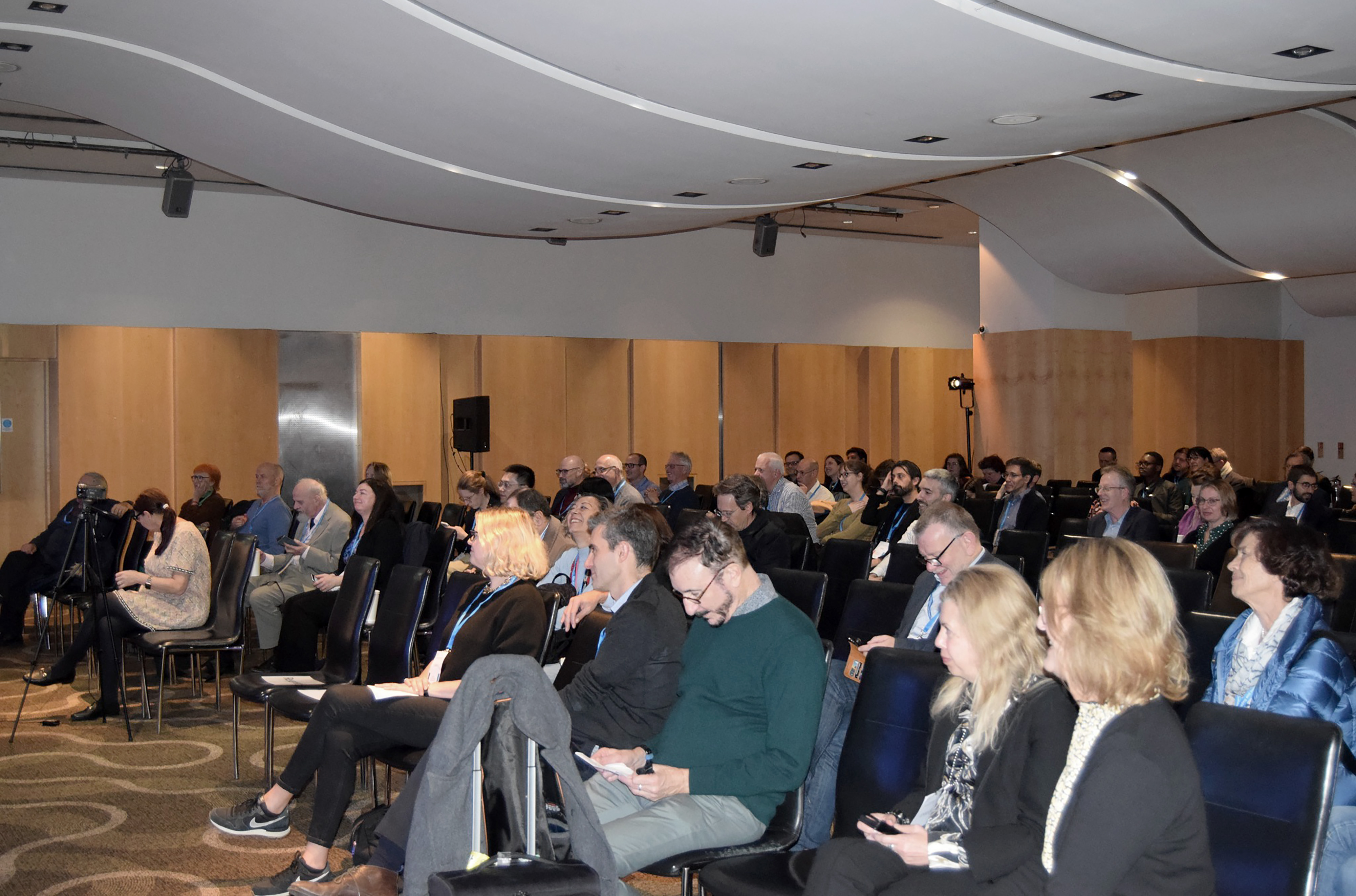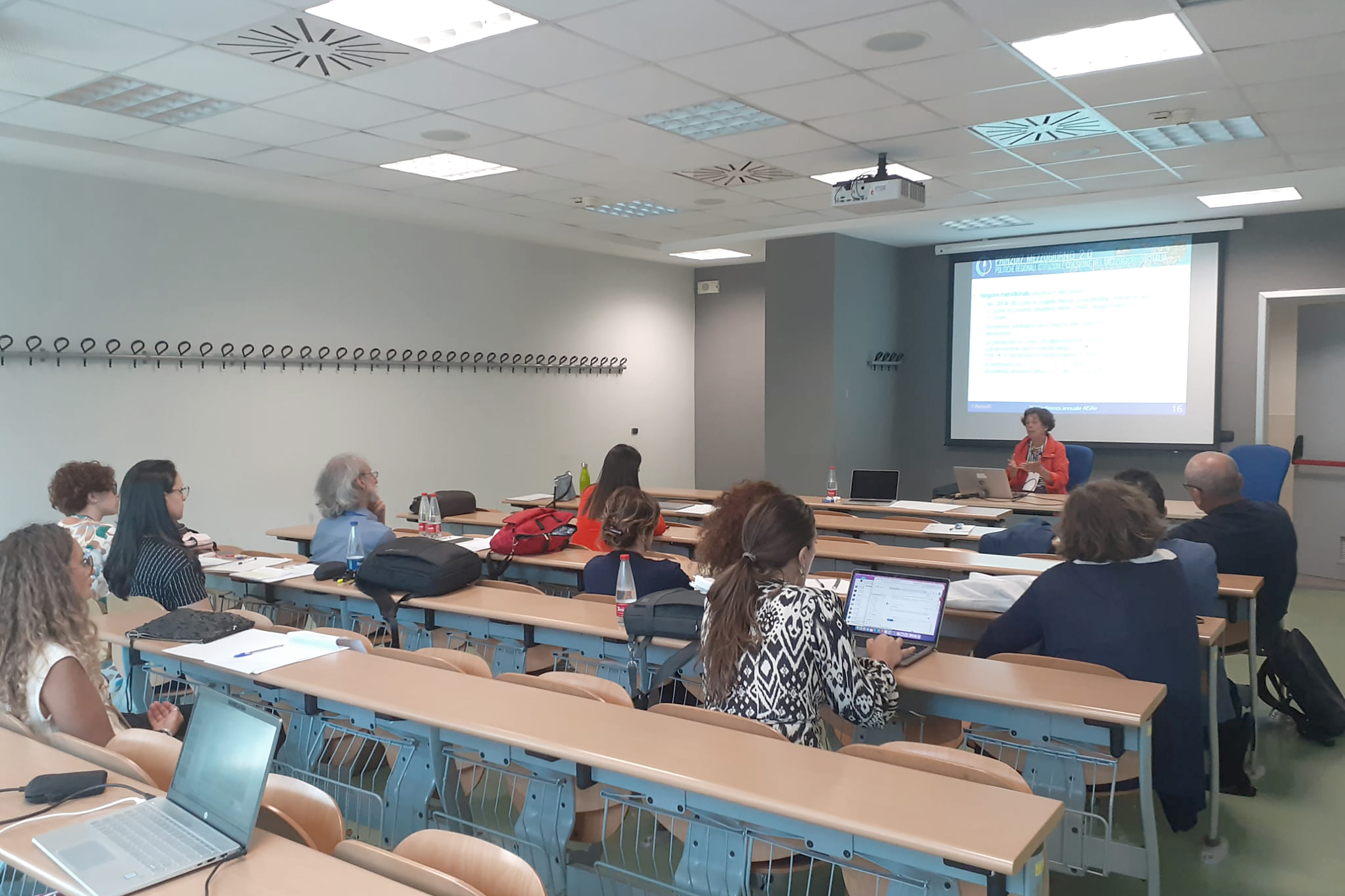Research Project of Relevant National Interest - PRIN 2017
REGIONAL POLICY, INSTITUTIONS AND COHESION
IN THE SOUTH OF ITALY
SYNOPSIS
The focus of the project is on regional development policy, at the EU, national and regional levels. The context is the South of Italy, a persistently lagging regions within the EU, in a comparative perspective. The aim is to investigate past regional policy strategies, their implementation processes, and their impacts in terms of cohesion in selected Southern regions and places, in order to understand the factors underlying both success and failures and propose recommendations for a more effective regional policy. Particular attention is paid to the conditioning role of the macroeconomic context, the policy design, and endogenous – ‘place-specific’ – factors, especially institutional ones. In order to gain a full understanding of such complex processes and outcomes, the analytical approach is multidisciplinary (integrating urban and regional planning, economic sociology, political economy, economic policy, geography and history), comparative (space- and time-wise) and transdisciplinary (local stakeholders are actively involved).
After 70 years of regional policy, the economic gap between the North and the South of Italy, as measured by major macroeconomic indicators (per capita GDP, consumption and investment, productivity, employment), has not abated. Significant improvements were recorded between 1950 and 1975 (the golden age of ‘national’ regional policy), but since the advent of EU Cohesion policy, the five ‘less developed’ regions of the South, according to the EU classification, i.e. Apulia, Basilicata, Calabria, Campania and Sicily, have actually regressed in terms of relative per capita GDP and investment to the level of the early post-WW2 years, even though their social and productive structures have significantly evolved. These regions still record the lowest GDP growth rates among EU NUTS2 regions. Why is that? What sets Southern Italian regions apart from other lagging regions of Europe, which have been able to progress and/or better exploit EU Cohesion policy funds? And, within the South, why has Apulia performed better – in aggregate terms – than Calabria or Sicily? And within each of these regions, why did some places fare better than others?
The project has two main aims. In the first place, it seeks to answer the above questions and identify the reasons why some Southern Italian regions and places are proving unable to overcome their underdevelopment ‘trap’, while others have recorded some progress. In the second place, based on the project’s findings, it seeks to provide policy recommendations for a more effective regional policy, especially ‘left-behind’ places.



